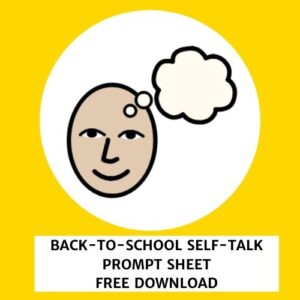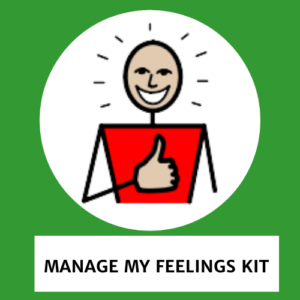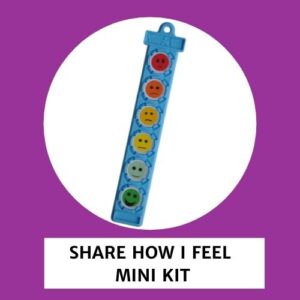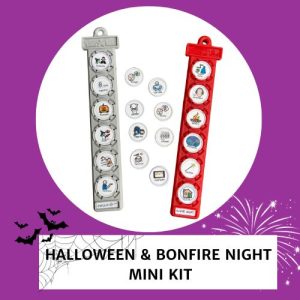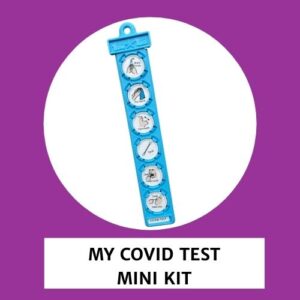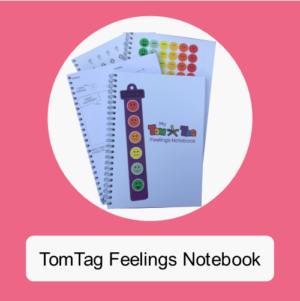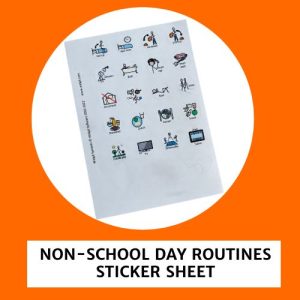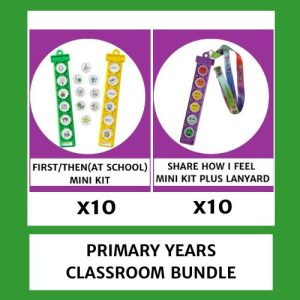
How do you choose the right school for your child? Not only do you want to find the school that will give them the best possible education but somewhere that they will be happy, make friends and discover new interests.
This is a difficult and challenging process for most parents but if your child has autism, making the right decision becomes even more important.
Do your research
Get as much advice as you can
Talk to family, friends, other parents and professionals who have knowledge of provision in your authority
e.g. Educational Psychologist, Parent Partnership or Parent Support group
Look at the school website and brochure
This should give you a general view of school policies & structure.
Under the new SEN Code all schools must now have details on their websites about their policy for children with SEN too.
Arrange a private visit to the school
Open days are useful but to get a real feel of a school arrange a private visit during school hours and preferably over a break or lunch time.
This gives you the chance to observe how pupils behave and interact with staff and their peers. You can also get a feel for the more practical issues – how busy are the corridors, how noisy is the school canteen, etc.
Important questions to ask when visiting schools
As well as general questions on issues such as uniform, opening hours and holiday dates, you will undoubtedly want to ask questions on autism specific issues.
Here are some ideas for important questions you might want to know the answers to.
Staff knowledge and training
What experience and knowledge do the staff have of autism? Have they had any specific training?
Are all staff aware of the associated difficulties of being autistic e.g. sensory issues, dietary needs?
Do teachers use autism-friendly communication strategies e.g. visual cues, key words, clear and unambiguous classroom language?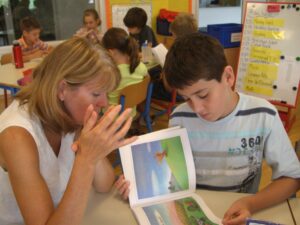
Individualised plans
Would the school be able to offer a tailored curriculum to take into account your child’s needs?
What resources does the school have to accommodate your child’s special interests?
Is one-to-one support available – how much and how often?
Is homework differentiated where appropriate and clarified for a child with autism?
Are there opportunities to learn life skills such as cooking and self care skills?
Pastoral care
How is bullying dealt with and what steps have the school taken to understand the particular vulnerability of children with autism?
What is the system for home-school communication? In my experience, good communication between staff and parents is the key to a successful school placement!
Is there a designated quiet area or room available that children can go to when necessary?
Are there any break time or lunch clubs where your child could go for support or that would match their interests?
Does the school have any system of peer support in place e.g. circle of friends or buddy schemes?
Useful links
The Autism Education Trust have just published a really useful guide that will help you in your search to find a new school, whether it be primary, secondary, mainstream or special school. There’s even plenty of room to make notes so why not print off a few copies to take with you on your school visits.
A parents and carers’ guide to finding a school for your child with autism



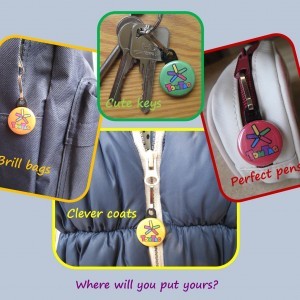
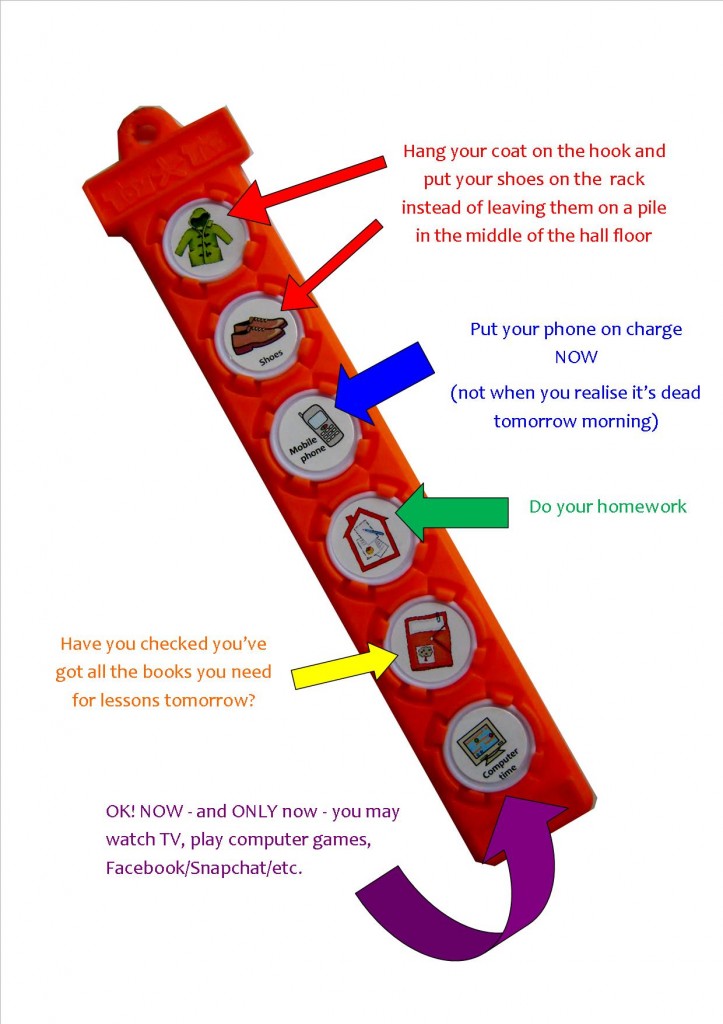


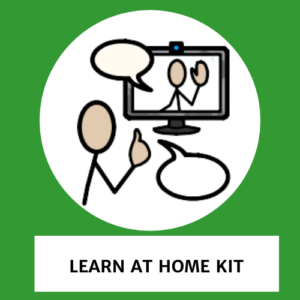
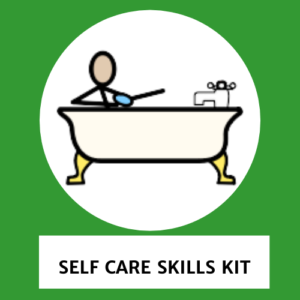
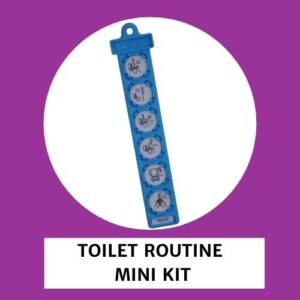
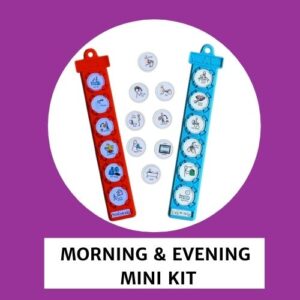
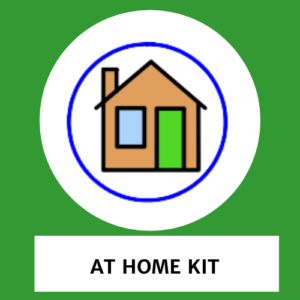


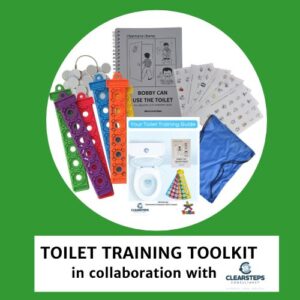

 He still needs help in initiating conversation topics so we use a Conversation Topics book where he lists what he knows about an individual – things like their job, hobbies and interests and also what they talked about last time. The aim is to use this visual resource to assist him in generating a topic and enable him to use specific questions to follow up on something previously discussed.
He still needs help in initiating conversation topics so we use a Conversation Topics book where he lists what he knows about an individual – things like their job, hobbies and interests and also what they talked about last time. The aim is to use this visual resource to assist him in generating a topic and enable him to use specific questions to follow up on something previously discussed.


